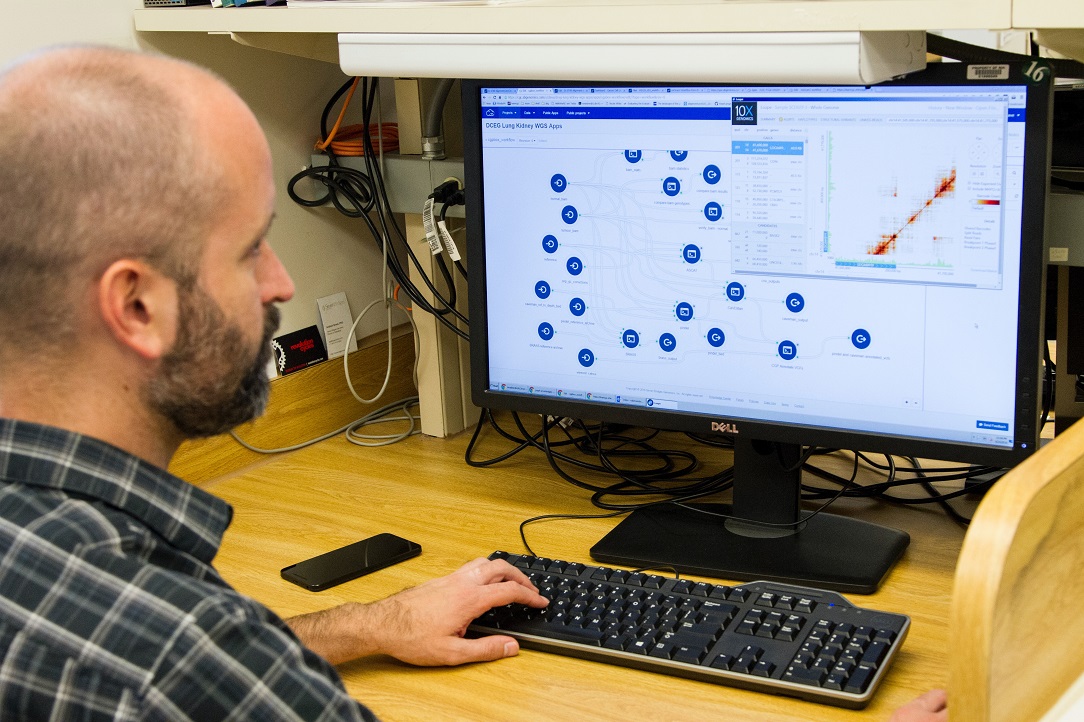Blogs > Why Performance Testing Is Necessary
Why Performance Testing Is Necessary
14-December, 2023
Performance Testing is a method of software testing used to assess the speed, response time, consistency, scalability and resource utilization of a specific workload software program. The key purpose of performance testing is to define the bottlenecks in the software program and to remove them. It is a performance engineering sub-set and is often known as "Perf evaluation."
Performance Testing is a method of software testing used to assess the speed, response time, consistency, scalability and resource utilization of a specific workload software program. The key purpose of performance testing is to define the bottlenecks in the software program and to remove them. It is a performance engineering sub-set and is often known as "Perf evaluation."
Performance Monitoring focuses on testing a software's
- Speed-Learn whether the software rapidly responds or not
- Scalability-The maximum user load that the software application can manage is calculated.
- Stability-Determines if the program is functional during various loads.
Performance Testing is performed to provide participants with speed, durability, and reliability information about their software. More significantly, before the product goes to market, Performance Monitoring uncovers what needs to be changed. Software is likely to suffer from problems without Performance Testing, such as: running slow when many users use it concurrently, inconsistencies across various operating systems, and bad functionality.
Performance testing can assess whether, under planned workloads, their software meets speed, usability and stability requirements. Applications submitted to the market with low-performance metrics are likely to gain a bad reputation due to non-existent or low-performance testing and fail to achieve anticipated sales objectives.
59 percent of Fortune 500 businesses face an unprecedented 1.6 hours of downtime every week, as per a report. The labor portion of downtime costs for such an enterprise would be $900,000 a week, resulting into more than $million annually, considering that the average Fortune 500 corporation with a minimum of 10,000 employees pays $56 an hour.
- Google's (August-2013) five - minute outage is expected to cost the search engine as much as $545,000.
- Following a recent AWS Crash, it's reported that businesses lost revenue worth $1100 per second.
Performance testing is, therefore, critical.
Importance of Speed of Pages
Most significantly, the quicker the page, the more revenue it will make.
The fastest loading sites have a competitive advantage. Because anything on the internet is just a tap away, in order to keep users on your page and not your competitor's, it is important to have fast load times. For competitive edge on the Internet, 250 milliseconds, either slower or faster, is almost the magic number.
Scalability Value
If you really want the networks to be engaged with more consumers. When you add a CPU to the database, how many more users would you facilitate? With this implementation, how long will the site take to load? All of those are important things to remember.
The Stability Value
You need your application to run at all moments, definitely. Often when it is under more stress than others, it'll be there. For instance, Black Friday is indeed not the day when you want your e-commerce store to fall. Just a few minutes of downtime can be highly expensive for high profile firms and can become major news.
Some other types of performance testing
- Checking loads
- Testing for stress
- Checking Strength
- Testing with spike
- Testing concentrations
- Testing for Scalability
Quality Testing Metrics: Supervised Parameters
- Usage Processor
- Utilizing memory
- Upon Disk Time
- Bandwidth
- Committed Remembrance
- Site errors / Second
- Duration of Disk Queue
- Max network bytes per second
- Time of Response
- Throughput
- Maximum sessions that are successful
- Locks of the database
- Collecting Garbage
The Final Word — Test Performance Timely
In short, prior to launching any software, performance testing should be a top focus. In order to find more bugs sooner and improve user satisfaction while saving both time and money down the line, it should be introduced early on in development.
I would suggest that you should first start with the Windows and Linux basic OS concepts. This will help you understand how OS operates then, which will certainly help you solve specific problems with OS.
After that, you can concentrate on one web server at a time and one database. First, grasp how Tomcat operates, you can easily adapt for the next one such as JBoss or WebSphere if your concept is cleared for one technology.
I would suggest starting with JMeter. Yeah. Why JMeter?
With Great Community Support, it is an Open Source Tool. You can easily learn JMeter from a JMeter Training Center and you can understand other resources like Silk Performer and Load Runner if you know JMeter. These are commercial resources that provide you with many great features that need to be done by yourself in JMeter, such as automatic co-relations.




